The content of the article
Feet are considered to be a delicate part of the human body, they require careful hygiene, for this reason it is impossible to neglect the basic care. Many women and girls mistakenly believe that you can only clean your heels with professional preparations. In an attempt to reach the ideal, they spend fabulous money on salon procedures. To save the budget and comprehend the technology of processing the heels, it is important to adhere to the recommendations, which we will talk about today. Consider the important aspects in order.
Hydrogen peroxide to clean the heels
Hydrogen peroxide solution is considered to be a universal drug. Due to the antiseptic, bactericidal and anti-inflammatory action, the tool eliminates microcracks, effectively cleanses the skin, removes dead particles, softens the natoptish, nourishes the cells with oxygen.Foot baths on the basis of peroxide can be used no more than 1 time per week, because the drug is very dry skin.
Peroxide bath
- Hydrogen peroxide solution mixed with warm water is considered the simplest way to clean the heels. Pour into the pelvis 2.2-2.5 liters. warm (almost hot) water. The main thing that the skin was able to withstand a similar temperature regime. Now add one vial of hydrogen peroxide (concentration of 3%) to the container with water, mix.
- Dip your legs in the mixture, wait 10-15 minutes, then pull out one leg. During this period, the skin will evaporate and become soft, cleansing will take place several times more efficiently. Proceed to the procedure is possible only if the heels are white after being in the solution. If the top layer remains yellow or greenish, wait another 5-7 minutes.
- After the allotted time, remove one leg, wipe with a towel, walk on the heels of pumice stone, roller or special sawing with small abrasive particles. You can also use an electric device or a professional pedicure machine, it all depends on the possibilities.
- Remove only the softened (dead) particles, do not try to remove healthy skin cells.Clean each heel alternately, periodically wet your feet in the solution to evaluate the result. After the procedure, lubricate the skin with a nourishing cream, put on cotton socks, do not remove them for 5 hours.
Bath with sea salt and peroxide
- In addition to cleansing the heels of yellowness and green, the composition heals wounds and acts on the skin in a complex. Prepare a basin for a pedicure, pour 1.3 liters into it. boiling water, add 75 gr. crushed sea salt without fragrances, dyes and additives.
- Add to the bath 5 ml. eucalyptus ester, 10 ml. sea buckthorn oil, 55 ml. olive oil. Pour in 70 ml. hydrogen peroxide concentration of 3%, mix. Optionally add a little liquid soap to make foam.
- Cool the mixture or dilute it with water to an acceptable temperature, immerse your feet, enjoy the procedure for 10–20 minutes. Periodically reach out the leg and inspect the skin, if it is brightened, proceed to the pedicure.
- Treat the cornified skin of the heels with a pumice stone, a roller scraper or a cosmetic knife with a built-in blade. Sand the surface, eliminating microcracks.Pay due attention to the yellow and green areas of the skin, rub them as long as possible.
- In cases where large cracks, creases, and severe wounds are present on the heels, pour peroxide into the cavity. Wait until the end of the hiss, then lubricate the skin with a regenerating ointment and wrap with a bandage, put on socks. Such actions significantly moisturize the skin, prevent its further cracking.
Bath with acetylsalicylic acid and peroxide
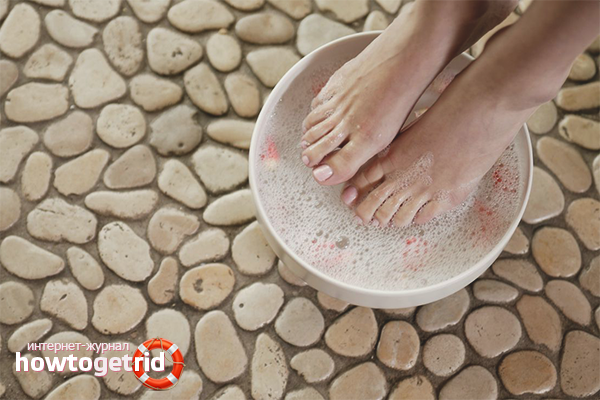
- Aspirin, or acetylsalicylic acid, prevents skin inflammation and heals cracks. To prepare the bath, pour into a basin of 2.5 liters. hot water, add 10 aspirin tablets or pour 55 ml. acetylsalicylic acid solution.
- Add 30 ml. liquid glycerin, mix. Check the temperature: if the water is not very hot, add 45 ml. hydrogen peroxide (concentration 3%).
- Dip your feet in the bath, wait no more than a quarter of an hour. For a specified period of time, the dead particles should turn white. Otherwise, the duration of exposure must be increased to 20 minutes.
- When your feet are soft, walk on them with an abrasive saw, foot roller or pumice stone. Remove dead particles, wash your feet.
- After cleaning, mash 4 tablespoons of aspirin between two tablespoons, mix the powder with a fat cream. Apply the resulting "ointment" on the heels, wrap with a bandage, put on shoe covers and socks.
- Wait for 3 hours, then again treat the feet with pumice, if the situation requires. Complete the procedure using foot cream. Perform manipulations no more than 1 time in 2 weeks.
Bath with body and peroxide
- Bodyaga is a viscous algae that grows in freshwater bodies (lake, river, etc.). To use the tool as efficiently as possible, dilute 80 ml. hydrogen peroxide in 2.1 liters. warm water.
- Dip the legs into the solution, wait 15 minutes. After this time, scrape away the softened cornified cells with a cosmetic knife (pedicure), pumice stone, a roller or a high abrasivity saw. Again, lower the foot in the solution, wait another 10 minutes.
- Now prepare the mixture for the mask: mix 30 gr. freshwater bodyagi powder with 20 ml. hydrogen peroxide, turn the mass into a paste. Apply on your heels alternately, fix with a wet bandage, wrap your feet with cling film or put on shoe covers.
- The duration of exposure of the mask varies within 15-30 minutes, it all depends on the degree of contamination of the skin of the heels. After the expiry of the prescribed period, do not wash off the mask, massage your feet, rubbing the mixture thoroughly.
- Scrape the composition with hands, wash your feet, lubricate them with pure glycerin, tea tree oil or any ether (geranium, lemon, etc.). This cleaning method is good because the bath in combination with a mask can be done 2 times a week, in some cases more often.
Heel bath with milk
- Rub on a medium or small grater half a bar of baby soap, which includes lotion. Pour into a basin or a wide pan 1.8 l. hot water, send chips to the liquid. Wait until it is completely dissolved, then add 1.5 liters. hot fat milk.
- Put the legs in the composition, keep them in the bath until it cools down. After the specified time, massage the heels with a coffee scrub, then proceed to cleansing. Dampen a pumice stone or abrasive pedicure brush in hydrogen peroxide, begin to remove the top (dead) layer of skin that has a yellowish tint.
- When you treat the two heels, mix the baby cream with sea buckthorn oil in a ratio of 3: 1, lubricate the composition of the foot, put plastic bags on your feet. Wait 3 hours, remove any residues with paper towels.
Glycerin & Vinegar Compress
- Get in a pharmacy or order pure glycerin online. Buy in the health food store apple vinegar concentration of 6-9%. Mix glycerin with acetic acid in the ratio of 3: 1. Fold the gauze or bandage in 5 layers, dip the fabric in the prepared tool, let it soak. Squeeze a little, attach to heels, fix with food film.
- Put on warm socks, keep the composition for about 3 hours (if possible leave for the night), then remove the compress. Rub the heels with pumice stone, scraping the yellowed skin with a pedicure knife or roller. Sand the surface with a small abrasive saw.
- Apply nourishing foot cream (can be replaced with a child or anti-frost). Do not be lazy to prepare a compress 3-4 times a week, the result will be noticeable after the first use.
It is easy to clean the yellowed skin of the heels, if you have sufficient knowledge about the technology of preparing folk remedies.Regularly make baths based on hydrogen peroxide and acetylsalicylic acid, bodyagi powder (alga), full-fat milk, ground sea salt. Do not be lazy to apply a compress of apple cider vinegar and glycerin.
Video: how to care for heels




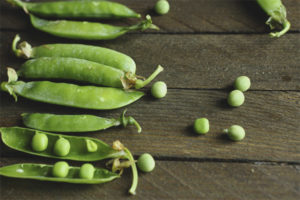

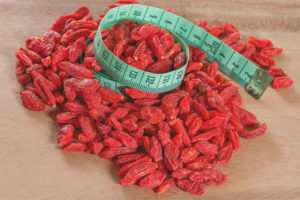
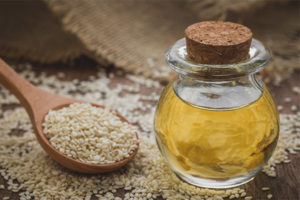


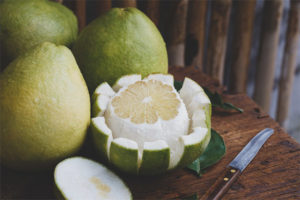
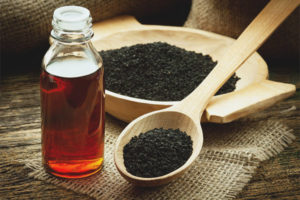
To send